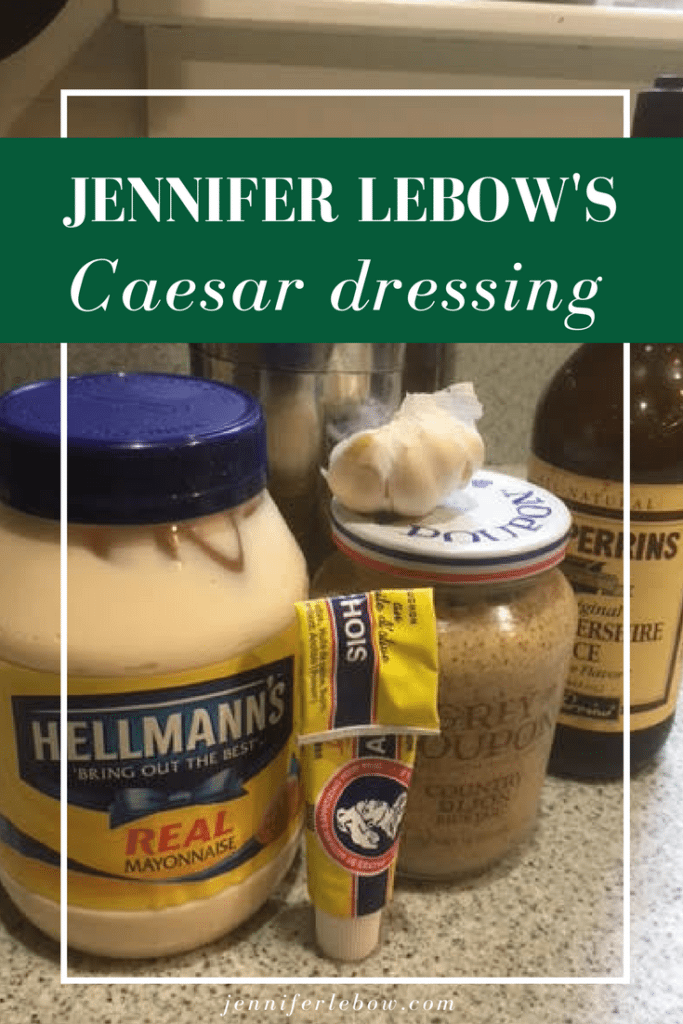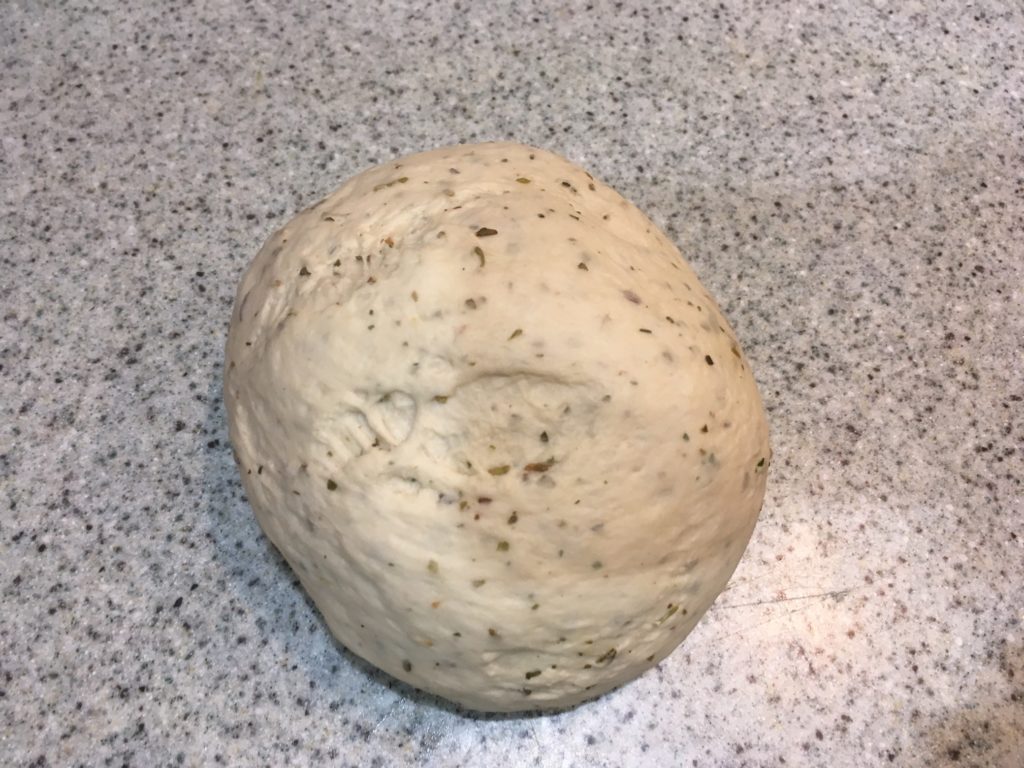
Just two years after Philadelphia was declared the first US World Heritage City, it has recently received a new designation bestowed by the National Trust for Historic Preservation: National Treasure. The purpose behind the label is to save historic buildings from demolition during a time where the city is seeing significant new construction. This move protects some of our period architecture from the result of the common cry “Out with the old, in with the new!”. The hope is that some of the old buildings which may no longer be used as they were originally can be repurposed (and maintained) for new uses. While the new status does not provide funding to save or refurbish these buildings, the hope is that it will increase awareness and eventually result in money being set aside for preservation.









